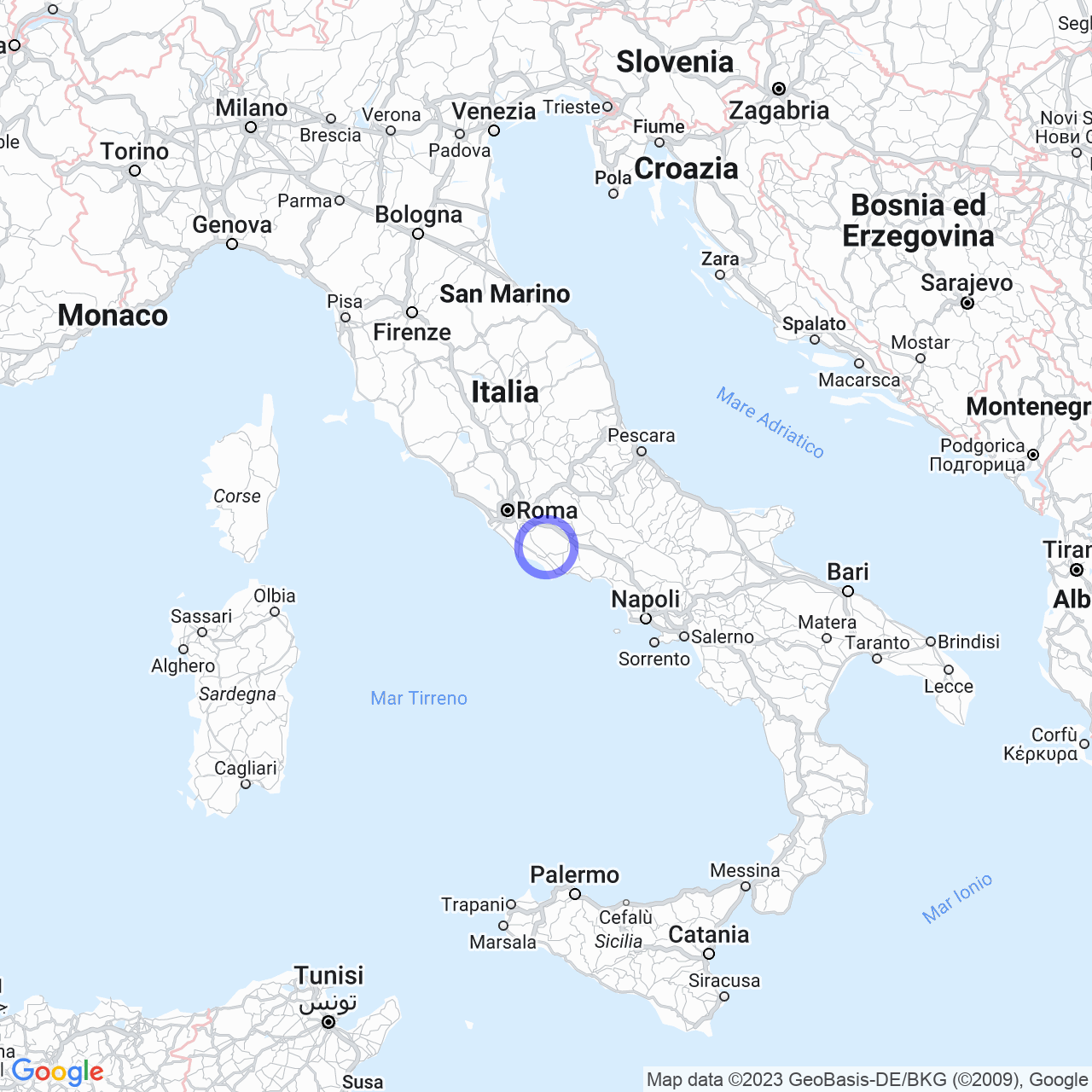Sermoneta
Sermoneta: a historical and natural gem in the heart of Lazio
Sermoneta is a town of 10,050 inhabitants located in the heart of Lazio, in the province of Latina. Characterized by a territory that extends between the Pontine countryside and the Lepini Mountains, Sermoneta offers visitors natural landscapes and historical sights that tell its millennial history.
Discovering the Territory
The municipal territory of Sermoneta is characterized by the presence of several mountain peaks, including Mount Carbolino and Mount Furchia Vecchia. The presence of these mountains makes the landscape varied and suggestive, with views that range from the sea to the mountains.

The Climate of Sermoneta
The climate of Sermoneta is classified in zone D, with 1547 GR/G. Thanks to its geographical position, the territory is ventilated and pleasant throughout the year.
The Millennial History of Sermoneta
The history of Sermoneta begins in archaic times, with the presence of the ancient Volscian city "Sulmo", mentioned by Virgil in the Aeneid. After the invasions of the Saracens and the expansion of the Pontine marshes, its inhabitants moved to the current Sermoneta, which is already mentioned with this name in the 11th century.
The "castrum Sermineti", falling in the early 13th century under the dominion of the Annibaldi family, became the possession of the Caetani family in 1297. Thanks to the good offices of Pope Boniface VIII, Pietro Caetani, count of Caserta, managed to obtain the city. The Caetani made Sermoneta the center of their domains in southern Lazio, due to its fortunate position on the Pedemontana road.
During this period, the city experienced an important expansion of its medieval inhabited nucleus, characterized by the presence of the Caetani Castle and the collegiate church of Santa Maria Assunta (Sermoneta). Sermoneta also became an important passage node for trade thanks to the passing customs, which allowed it to have a significant role in the control of the territory.
From 1499 to 1500, the "castrum Sermineti" was under the dominion of Pope Alexander VI, who granted it to his daughter Lucrezia Borgia and subsequently to her son Rodrigo d'Aragona, the first Duke of Sermoneta. At that time, Pope Alexander VI decided to renovate the Caetani Castle, which assumed the appearance that we can still admire today. Under the dominion of Lucrezia Borgia, a new municipal Statute was also issued, which remained in force until the return of the Caetani in 1503.
Art and Culture
During this period, the painter Girolamo Siciolante da Sermoneta (1521 - 1580 approximately) was born in Sermoneta, famous for his paintings that are still found in the territory today. The municipality of Sermoneta was an important cultural center, to the point that it is speculated that Leonardo da Vinci may have visited.
During the sixteenth century, the city experienced a decline, but continued to maintain its historical beauty, with the presence of reclamation works in the Pontine Agro and the reopening of the Appian Way. In the mid-eighteenth century, Sermoneta gave birth to the painter Antonio Cavallucci (1752 - 1795), who was trained in Rome thanks to the patronage of Duke Francesco Caetani, XI Duke of Sermoneta.
Conclusion
Sermoneta represents a historical and natural gem of Lazio, capable of captivating visitors with its beauty and millennial history. Among its mountains and streets, you will discover a world full of art, culture, and tradition, all to be admired and discovered. Come and discover Sermoneta: you won't regret it!
